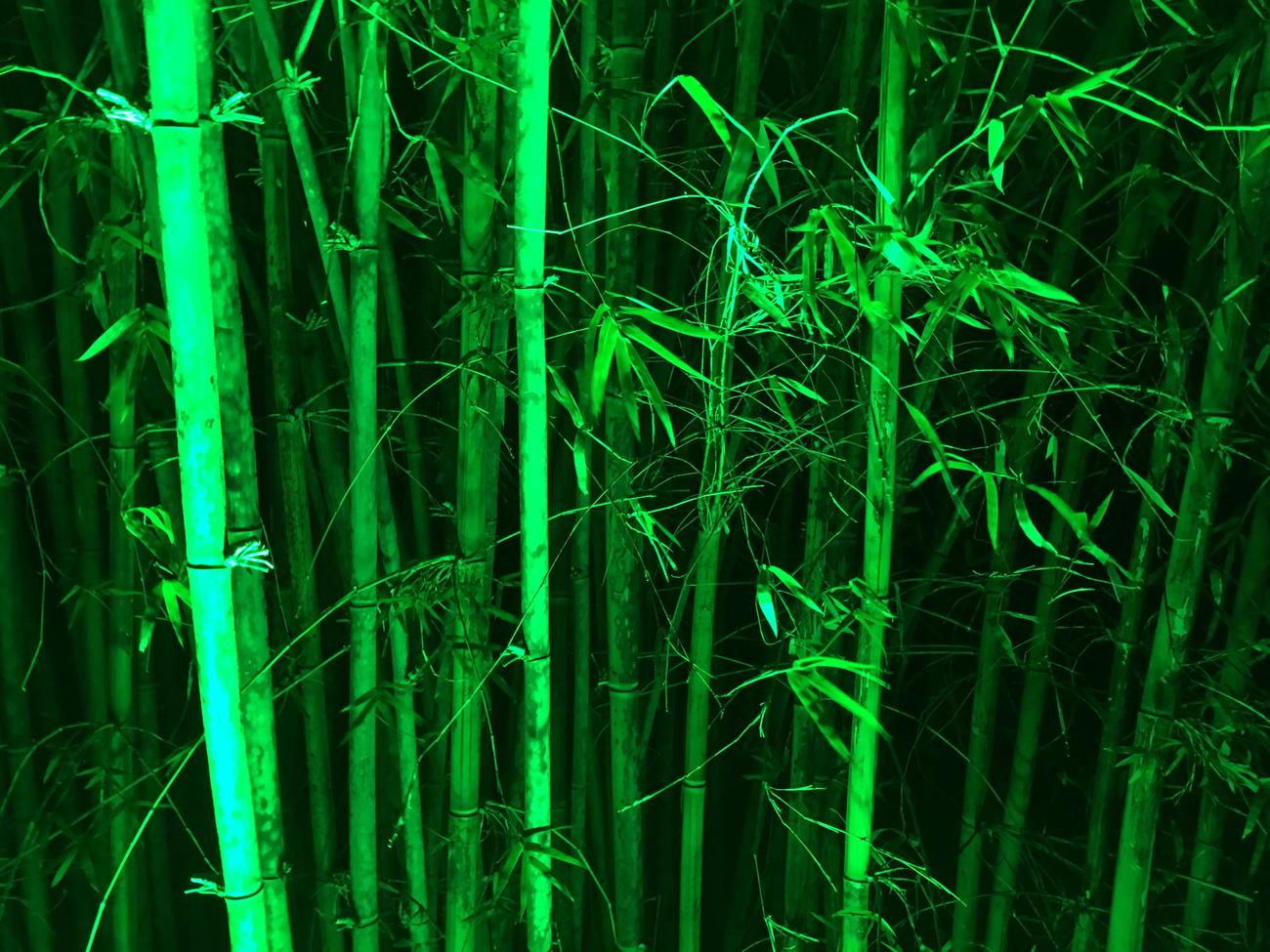Step into a world where nature’s humblest creation takes center stage, weaving a tale of time-honored traditions and boundless creativity. In the realm of cultural significance, one name stands tall amidst an abundance of options – bamboo. Look beyond its towering presence in lush landscapes, and you will uncover an extraordinary journey of artistic wonders, sustainable marvels, and timeless ingenuity. Join me as we embark on an exploration of the deep-rooted cultural significance of bamboo, unearthing the secrets that have captivated hearts and minds for centuries.

Cultural Significance of Bamboo
Bamboo, a plant that symbolizes strength, resilience, and flexibility, holds immense cultural significance across Asia and beyond. Its association with traits like growth, adaptability, luck, and enlightenment has led to its use in various forms of art, literature, and spirituality. In countries like Japan and China, bamboo is even given as a gift, representing harmonious relationships and well-wishing.
Artistic Expressions:
Bamboo’s cultural significance is evident in the world of art and creativity. In China, bamboo is often referred to as the Bamboo Kingdom, reflecting its central role in traditional Chinese paintings and with deep-rooted cultural importance. Chinese idioms frequently reference bamboo, highlighting its symbolism of strength and resilience. As an artist’s subject, bamboo captures the essence of nature and portrays the harmony between humans and the environment.
The cultural impact of bamboo extends beyond China, resonating in Korean traditional crafts as well. In Korea, bamboo is seen as a symbol of resilience and adaptability. This sentiment is reflected in the intricate bamboo crafts, such as baskets and mats, which showcase the skill and craftsmanship of Korean artisans.
Eco-Friendly Designs:
Beyond its cultural and artistic significance, bamboo has also gained attention for its eco-friendly properties and its potential to contribute to sustainable practices. As a rapidly renewable resource, bamboo holds immense appeal for those seeking alternatives to traditional construction materials. Its strength and flexibility make it an ideal choice for designers who prioritize both aesthetics and sustainability.
Bamboo’s sustainability extends beyond its use in construction—it can also be transformed into a wide range of eco-friendly products, such as furniture, textiles, and even bamboo charcoal. Its versatility, coupled with its minimal environmental impact, allows bamboo to play a vital role in promoting a greener future.
Bamboo: Nature’s Messenger of Strength and Harmony
Undeniably, bamboo’s cultural significance transcends borders, enriching the artistic landscape and promoting sustainable practices. As a symbol of strength, resilience, and adaptability, it captivates hearts and minds across Asia and beyond. Whether it be as an inspiration for traditional crafts or as a driving force behind contemporary ecological designs, bamboo continues to unveil its transformative power and remind us of the intrinsic link between culture, nature, and human creativity.
Bamboo Characteristics
Bamboo is a fascinating plant with unique qualities that make it a favorite among gardeners and nature enthusiasts. Its tall, graceful stalks and lush green leaves create a stunning visual display, adding an element of tranquility to any garden. However, the allure of bamboo extends beyond its aesthetic appeal. Did you know that bamboo is one of the fastest-growing plants in the world? Its rapid growth rate and regenerative properties make it a sustainable choice for those looking to reduce their environmental impact.
If you’re curious to learn more about the characteristics of bamboo and why it’s such a sought-after plant, click here for an in-depth exploration. Discover how bamboo’s strength, flexibility, and durability have made it a popular material in construction, furniture-making, and even fashion. Uncover the secrets of bamboo’s natural antibacterial properties and how it can be used as an eco-friendly alternative to synthetic materials.
With its numerous uses and remarkable attributes, bamboo truly stands out in the natural world. Get ready to delve into the captivating world of bamboo characteristics and unleash your inner botanist. Click here to explore the wonders of bamboo now!
Get started by clicking on this link: Bamboo Characteristics.

FAQ
Question 1:
What are some symbolic meanings associated with bamboo in different cultures?
Answer 1:
Bamboo holds various symbolic meanings across cultures, representing strength, resilience, flexibility, growth, adaptability, enlightenment, and luck. It is considered a powerful symbol that conveys messages about life and nature.
Question 2:
How is bamboo used as a gift in Japan and China?
Answer 2:
In Japan and China, bamboo is often given as a gift. It symbolizes luck, flexibility, and growth, reflecting the recipient’s well-being and the sender’s good wishes. The act of giving bamboo as a gift is a way to convey positive intentions and foster a harmonious relationship.
Question 3:
What is the cultural significance of bamboo in China?
Answer 3:
Bamboo holds significant cultural importance in China and is often referred to as the Bamboo Kingdom. It is frequently mentioned in Chinese idioms and used in traditional Chinese paintings. Bamboo represents a harmonious relationship between nature and traditional craftsmanship, embodying resilience, adaptability, and the beauty of simplicity.
Question 4:
How is bamboo used in traditional crafts in Korea?
Answer 4:
In Korean culture, bamboo is revered for its resilience and adaptability, and it plays a significant role in traditional crafts. It is used to create a wide range of items, including baskets, furniture, and handicrafts, showcasing the craftsmanship and artistic expression deeply rooted in Korean tradition.
Question 5:
What is the cultural significance of bamboo in India?
Answer 5:
Bamboo has a deep-rooted cultural significance in India and is used in various traditions and rituals. It is considered a versatile and sustainable resource, used in construction, furniture, weaving, and musical instruments. Bamboo represents the close connection between nature and human life, embodying harmony, resilience, and abundance.
- Unlock 6000+ words beginning with he: A comprehensive analysis - April 20, 2025
- Mastering -al Words: A Complete Guide - April 20, 2025
- Master Scrabble: High-Scoring BAR Words Now - April 20, 2025
















